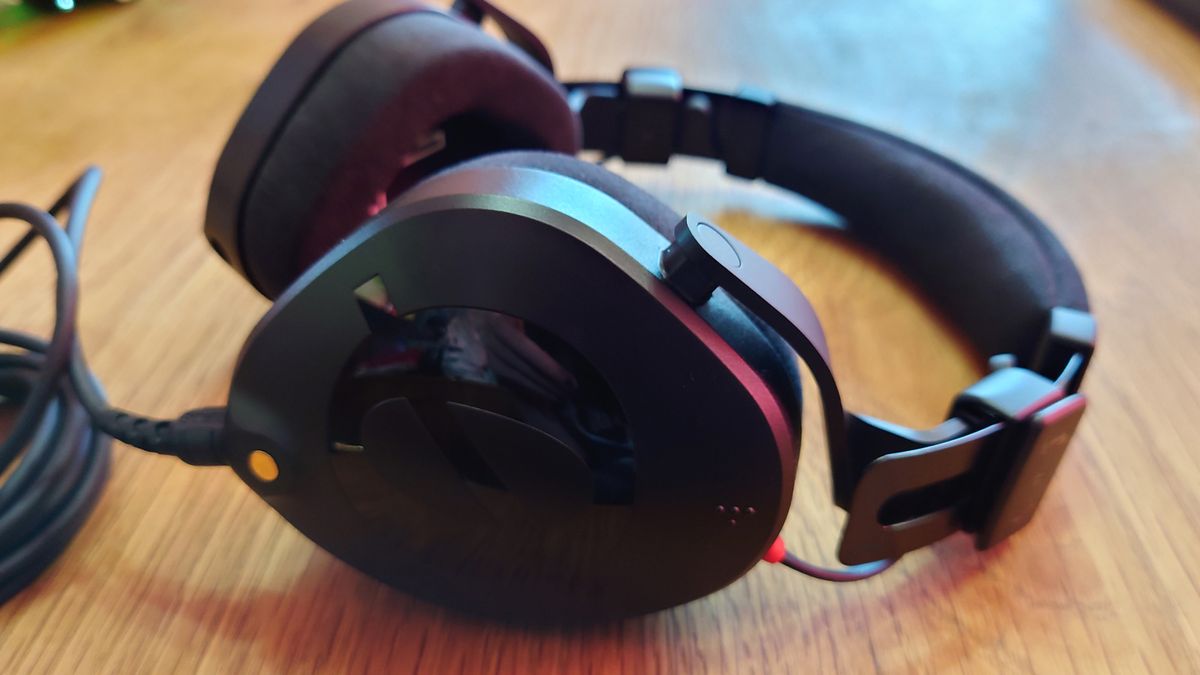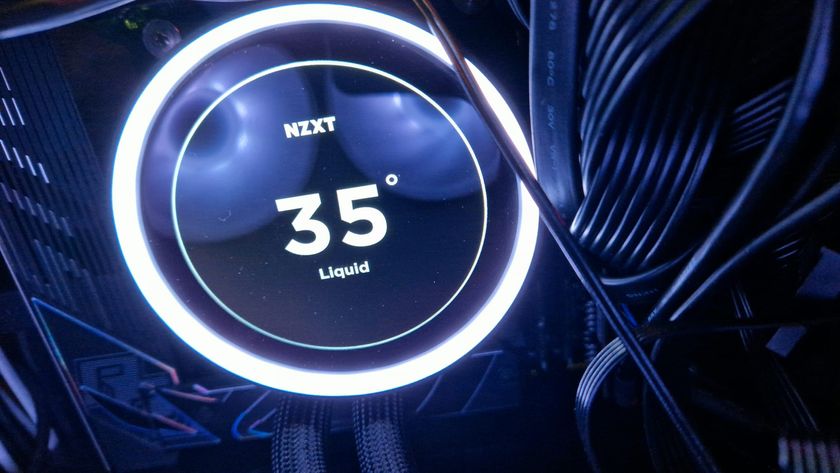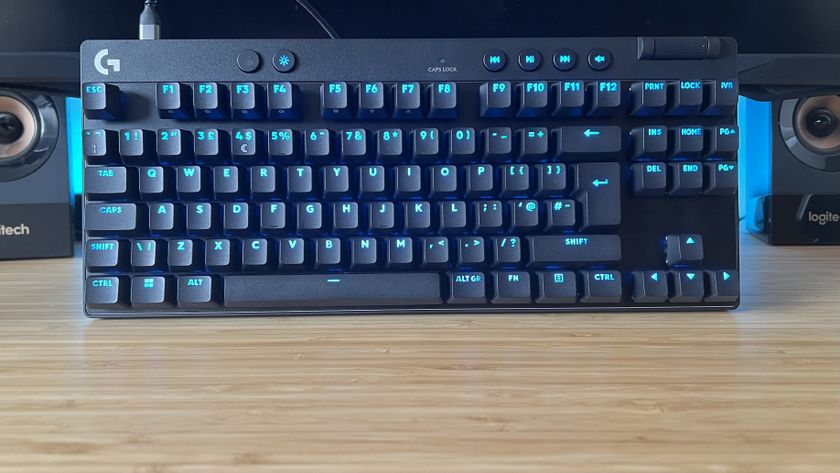12DOVE Verdict
The Australian audio brand's first foray into the headphone market is a complete triumph, as the Rode NTH-100 is one of the best options for streaming and music production that I've ever used at a very competitive price.
Pros
- +
Outstanding audio quality
- +
Balanced sound profile
- +
Lightweight, premium design
- +
Long, noise-less cable
- +
Competitively priced
Cons
- -
Wired connection
Why you can trust 12DOVE
The Rode NTH-100 is the Australian brand's first attempt at professional-grade monitoring headphones, with this model excelling straight out of the gate for any streaming setup. The company, which is perhaps best known for its line of microphones, has easily made some of the best headphones that I've ever used. Priced at just $149 / £149 MSRP, they won't break the bank either.
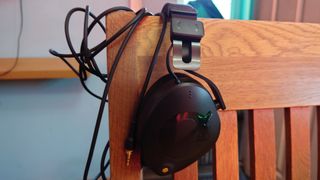
Design
The Rode NTH-100 is simple but effective in its overall design language. The audio brand has chosen to keep things straightforward with a classic approach to monitoring headphones. Things are lightweight here both on your head and in your hands, with a lengthy noiseless cable that can be detached when not in use.
The clean aesthetics extend to the branding as well. The company's signature "Ø" adorns the outside of each cup, which is subtly indented into the plastic itself, as opposed to being printed on. It's a small touch but goes a long way to help the Rode NTH-100 stand out from other monitoring headphones on the market. There's also an anti-static cloth bag brandished in the same logo which keeps your headphones safe when not in use.

As these are monitoring headphones, there are no on-cup controls to speak of, such as volume, mute, or gain. This is unlikely to be a problem when producing music, but not having shorthand access to control your sound on the fly perhaps isn't going to be ideal for everyone. I'm more used to spinning the media wheel on my gaming keyboard to change volume as opposed to reaching up to my left or right cup, but that might be just a personal preference.
The only thing that stands out the most for me with the Rode NTH-100 is just how comfortable these headphones actually are. Weighing in at only 0.77 lbs, these are seriously lightweight, with me almost forgetting I was wearing them even after extended periods of time in testing. That's a feeling I've never had with slimline gaming headsets such as the Razer Kraken V3 Hypersense or even the Corsair HS80 RGB Wireless, so if you want something comfortable for long streaming sessions then Rode may have your answer here.
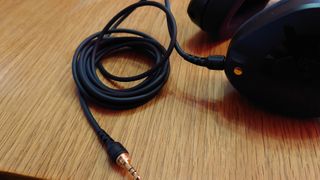
Features
As far as features of the Rode NTH-100 are concerned, things are kept streamlined with an emphasis on quality construction and comfort over flashiness. These professional studio monitoring headphones are wired, yes, but you've got the option of running the cable in either the left or right side, which is something I've never encountered before.
The aforementioned comfort of the Rode NTH-100 is due in large part to the memory foam cushions, with what the company calls its CoolTech gel. While I can't quite speak to the technical capacities of this inclusion, what I can tell you is that they are exceedingly comfortable. One thing that had me worried when I first put these headphones on my head was that the CoolTech gel may dampen or muffle the sound, but there was never any loss of clarity at all in my testing.

Performance
The 40mm custom drivers found in the Rode NTH-100 headphones are warm and provide a most faithful audio reproduction. There's a frequency response of between 5Hz – 35Khz and a sensitivity of 110dB/V, which has meant for everything from the quiet ambient sounds in gameplay, to streaming, to blasting various loud music genres, too.
Streaming with the Rode NTH-100 headphones was very encouraging, as the delicate balance between the sounds of my microphone and the gameplay was faithfully represented. Despite any on-cup controls, it didn't take much tweaking at all to have my gameplay come through alongside my voice without the constant battle that can manifest with other headphones and headsets I've tried out. There's no muddiness, no artificial EQ to fit with here.
Speaking about music specifically, and listening to songs through various lossless file formats, up to 24-bit/192 kHz, was an absolute joy. Because I've got a 3.5mm jack in my smartphone, I was able to easily swap between my gaming PC and handset when listening to music through the Rode NTH-100, mostly via Apple Music's Lossless audio. In my testing, I've found that gorgeous produced albums, such as Sleep Token's This Place Will Become Your Tomb and Alphaville by Imperial Triumphant sounded suitably massive, with everything from Vessel's RnB / djent-backed vocals to Kenny Grohowski's jazz-infused drumming being perfectly balanced in the mix.
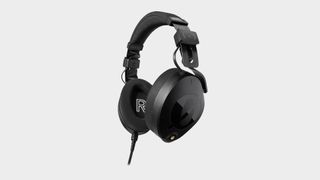
Should you buy the Rode NTH-100 headphones?
The Rode NTH-100 are an easy recommendation for any streamer or musician looking for an affordable, premium-built, and accurate alternative to a traditional gaming headset. Taking the asking price into consideration with just how good these headphones sound and it's truly no-contest. If you're okay with being plugged in at all times, then there's little more you could ask for at this rate.
How we tested the Rode NTH-100 headphones
The Rode NTH-100 headphones became my daily driver headphones for every day listening to music through my computer as well as my Xperia 1 II smartphone. What's more, these headphones were used when writing and recording music in Cockos Reaper as well as when streaming with Nvidia Shadowplay and playing games on Steam.
Gear up for streaming with the best ring lights, best green screens, and best webcams.

Aleksha McLoughlin served as the Hardware Editor for GamesRadar from June 2021 until August 2022. Her main area of expertise was the PC gaming platform, which comprised buying guides, features, reviews, and news coverage on components and prebuilt machines. She was also responsible for gaming chairs and storage. She now works on a freelance basis while studying to become a university lecturer specializing in English for foreign territories. Prior to joining GamesRadar, she wrote for the likes of Expert Reviews, The Rory Peck Trust, No Clean Singing, Vinyl Chapters, and Tech Spark while also working with the BBC.
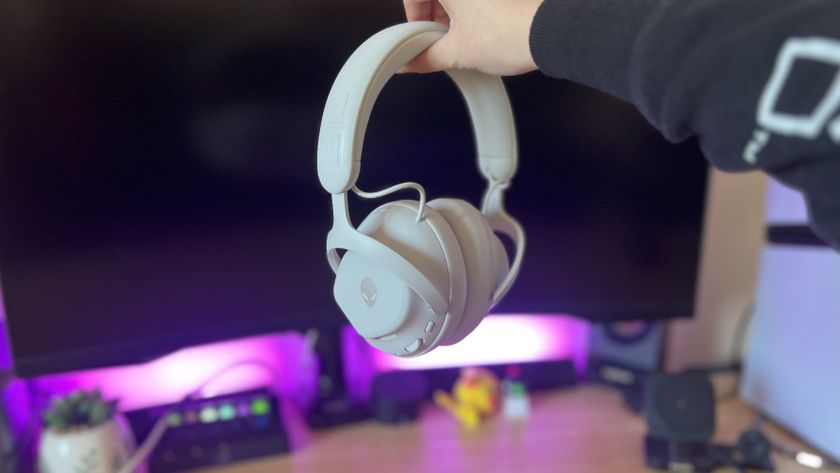
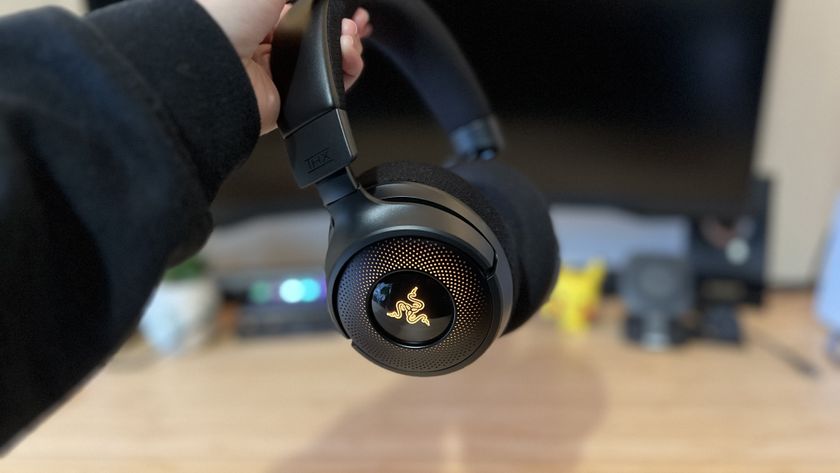
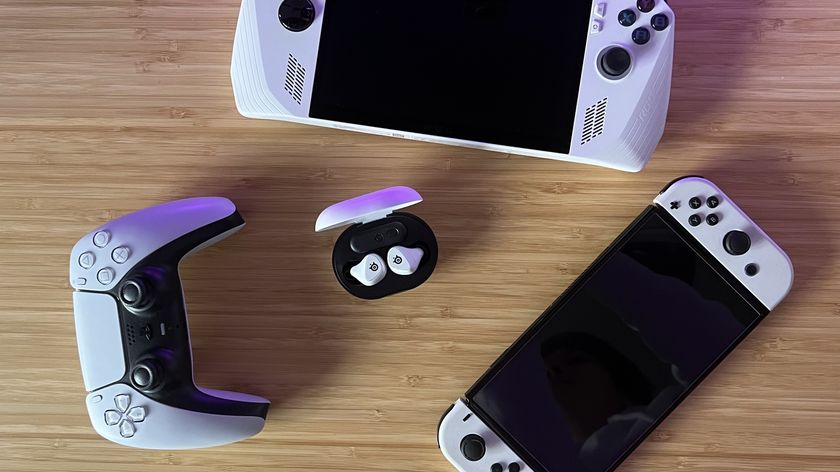
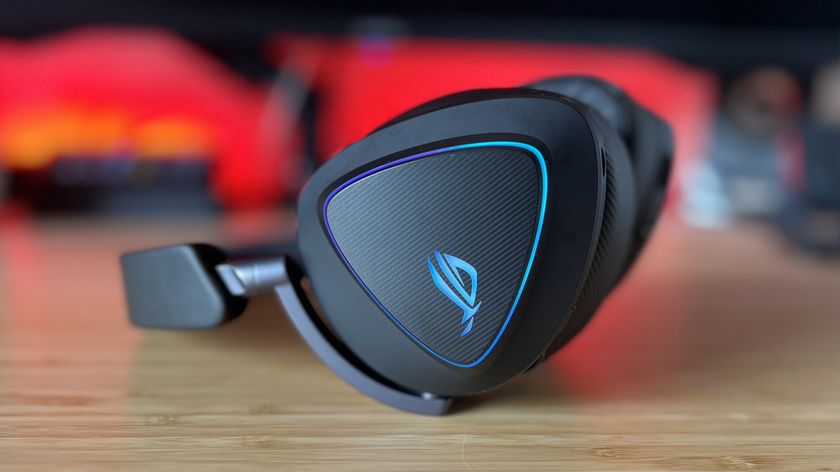
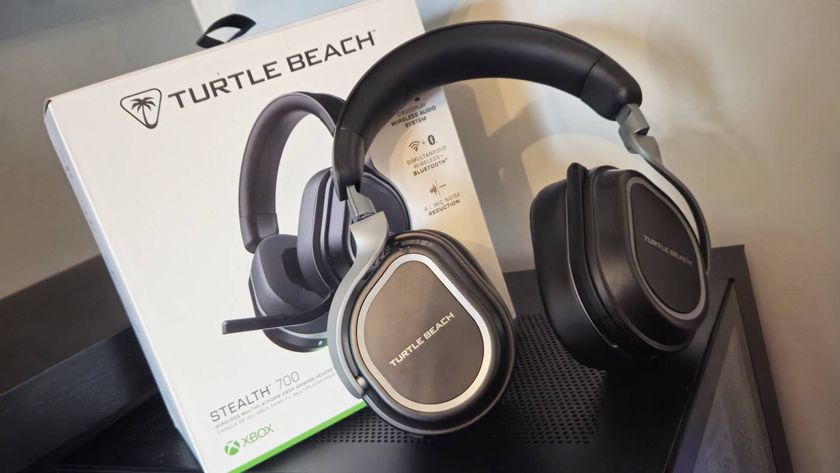
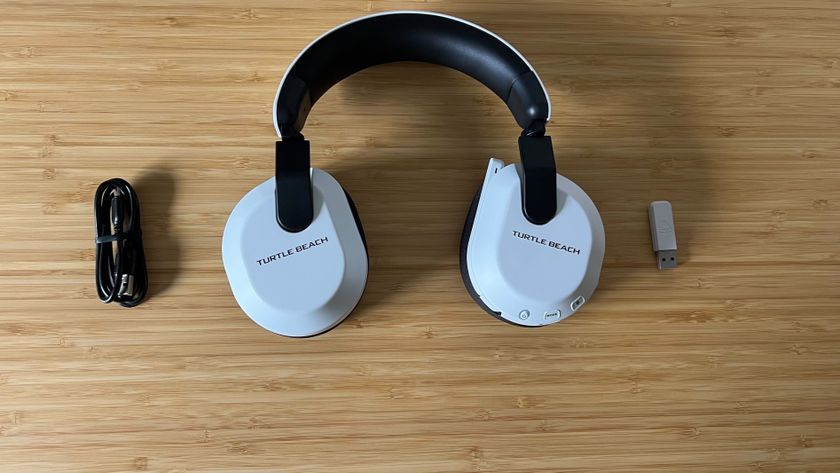

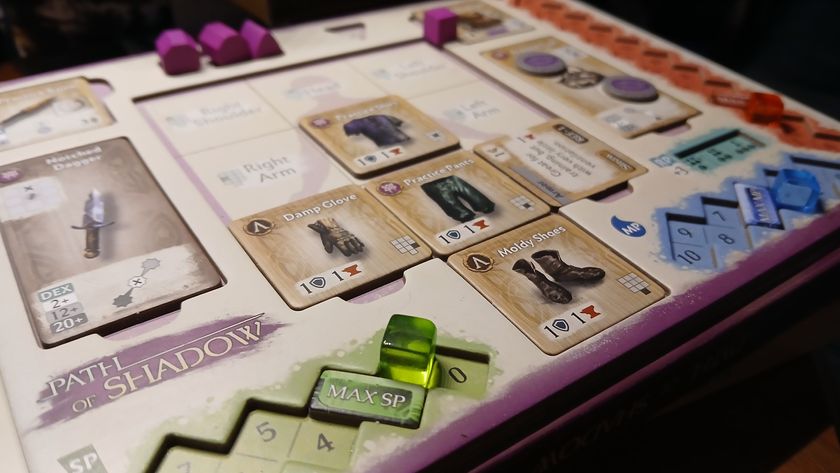





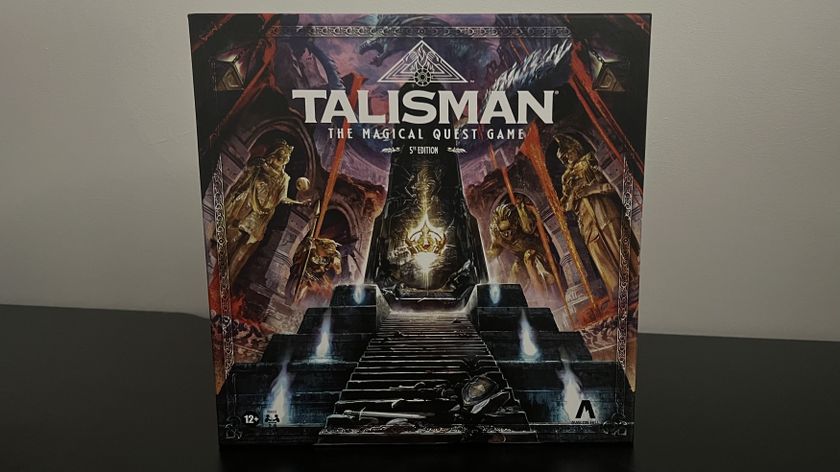


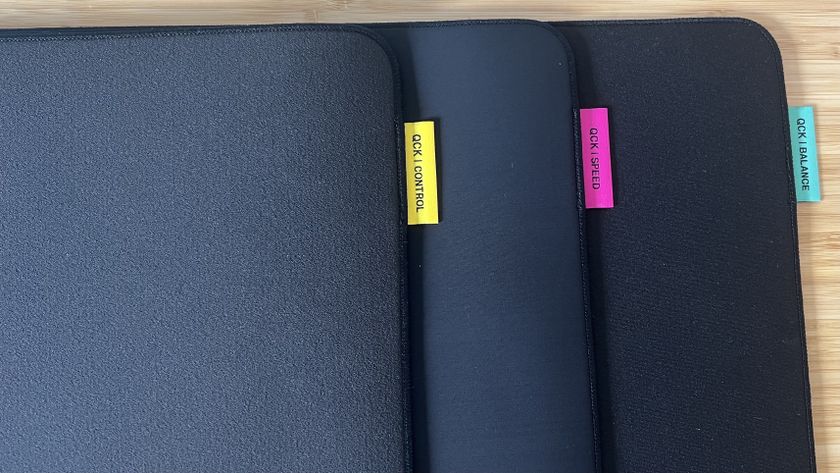

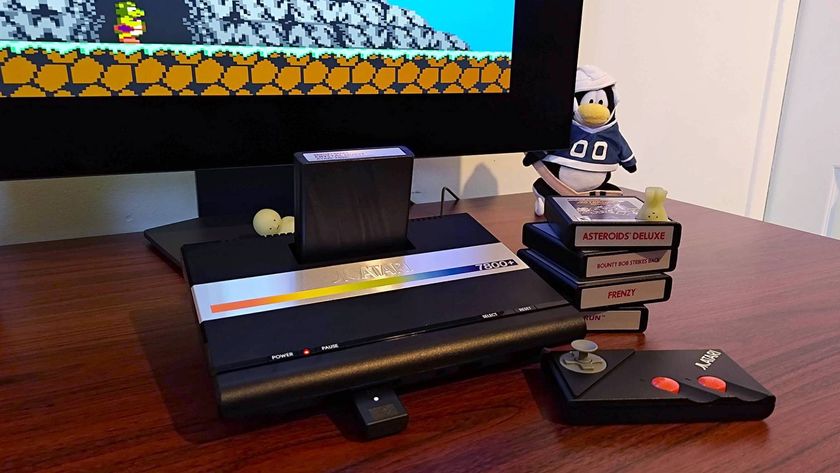
Calling all retro console nerds - the Atari 7800+ just dropped to a phenomenally low price

Where to buy the Warhammer Gitmob Army Set for less

After stepping away from Balatro for 3 months, the developer only resumed work "because I was bored but the internet was out so I couldn't play Rocket League"
